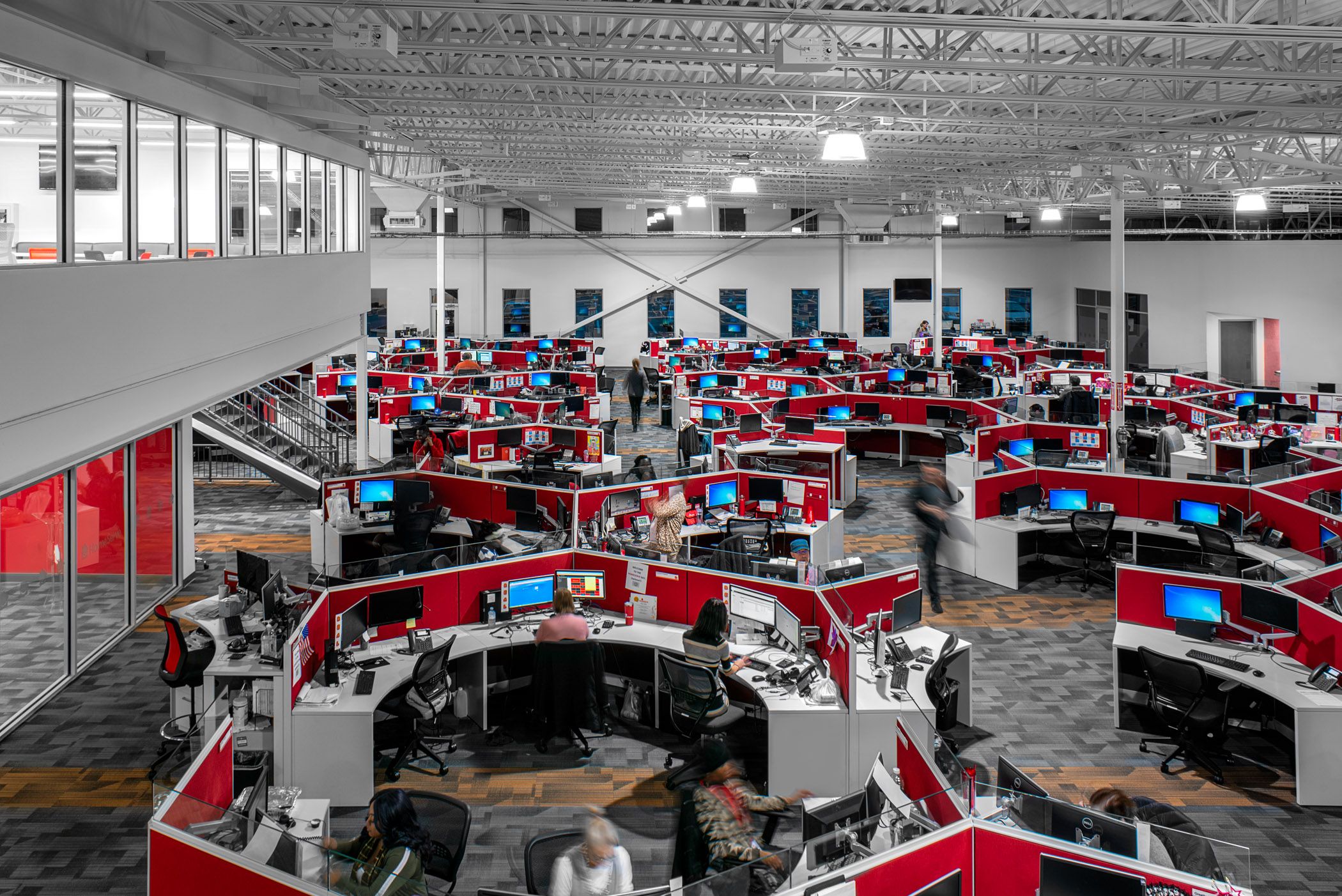Architects are uniquely positioned to help address many of the chronic health challenges our society faces today. From asthma to obesity, diabetes to depression, design can have a profound impact on human health for individuals and communities.
White Paper: Opening Back Up
The American Institute of Architects developed six evidence-based approaches designers can use to promote health and well-being:
1. Environmental quality: Preventing, mitigating and reversing chemical and microbial pollutants that harm public health
2. Natural systems: Utilizing natural forms, diverse species and existing ecosystems that relieve stress, accelerate recuperation, encourage healthy eating and promote physical and social activity
3. Physical activity: Encouraging exercise, recreation and other daily activities that lower the risk of cardiovascular disease and other health problems
4. Safety: Reducing accidental injury and crime to remove impediments to physical activity and alleviate anxiety and stress
5. Sensory environments: Diversifying the touch, smell and acoustics of an environment to promote safety, improve physical, mental and emotional well-being and enhance quality of life
6. Social connectedness: Strengthening personal and professional relationships and encouraging behaviors like civic participation to increase happiness and ensure communities function more effectively.
The COVID-19 pandemic has exposed how the public’s health is directly affected by the built environment. AIA has explored how design strategies, backed by science, can be a public health solution. “Reopening America: Strategies for Safer Buildings,” is intended to provide tools and resources for reducing risk when re-occupying buildings during the pandemic.
Business owners should create and communicate their mitigation measures to employees so they can make informed decisions about their own health and safety.
The AIA recommends you consider the following prior to developing a plan to reopen your offices:
Determine whether state and local health agencies have authorized businesses to reopen workplaces. Consider the limitations that may exist based on phased reopening regulations and guidelines and the impacts of future phases for staff and functions.
Evaluate the condition of the building and its systems. Buildings that were idle or not maintained during closure may need to operate on a limited schedule and may require re-commissioning to ensure safe re-occupancy.
Assess the workplace to determine the maximum occupancy levels given constraints imposed by physical distancing guidelines. Take density and function into account to optimize space use under limited occupancy.
Consider dividing staff returning to the office on a part-time basis into shifts.
Routinely clean spaces to account for the higher risk that comes with more frequent sharing of spaces.
We recommend you focus on the following spaces within your office and consider physical alterations:
Entrance and circulation spaces
Transportation access
Queuing
Screening at entry
Vestibules and lobbies
Entries and waiting areas
Elevators
Restrooms
Collaboration and dwell spaces
Break Rooms
Meeting Rooms
Open Office
The more you make your office immune to this virus, the easier it is to maintain a healthy business, and healthy employees. Creating and maintaining a safe and healthy workplace has never been more important. Your employees want and deserve that. Healthy and happy employees are productive employees.
Artech has many more resources and tools that may be of help. If you would like additional information regarding details on how to change your workplace, please contact our office.

